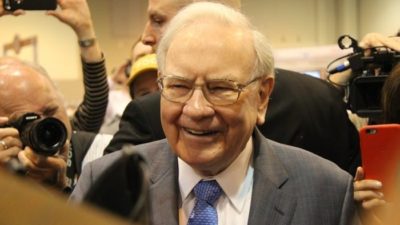A new share trading platform is allowing Australians to buy a fraction of an ASX share.
Sharesies, which was already running this feature in its native New Zealand, launched the capability in Australia this week.
The development is believed to be an industry-first in this country.
For example, say you had $100 to invest and you really wanted to buy CSL Limited (ASX: CSL) shares.
At $265 a pop, it would have been previously impossible to buy into the healthcare giant.
But with Sharesies, you are able to buy $100 worth of CSL. This would be about 0.38 of one share.
Sharesies co-founder and chief executive Brooke Roberts told The Motley Fool that when the business started in New Zealand, many investors felt "priced out" of stock investing.
"Our vision is to give someone with $5 and someone with $5 million the same investment opportunities," she said.
"In order to make that possible, fractionalising share ownership is an incredibly important part of that."
Fractional ownership also helps when you want to buy a precise dollar amount of a particular stock. For example, Sharesies will allow you to buy $1,000 worth of CSL by giving you 3.77 shares.
To complement fractional transactions, Sharesies is also claiming to be the first online broker accessible to Australians that has no minimum investment requirements for ASX, NZX, NASDAQ, NYSE and CBOE equities.
You just need 1 cent to place an order.
How Sharesies implements fractional stock ownership
So what kind of magic is Sharesies pulling to allow fractional shares?
Roberts told The Motley Fool that all fractional purchases are "on-market" — it's not a case of simulated stock ownership.
"A share's worth $1 and [the user] wants to buy 25 cents of that. Sharesies buys the full $1 share — then Sharesies Limited owns 75 cents, and the customer owns 25 cents."
When the user wants to sell their fraction, Sharesies would also offload their portion, therefore returning a whole stock back to the market.
"Sharesies has a book that runs the remaining [part] share that customers haven't purchased."
The part ownership from Sharesies is facilitated through a custody arrangement, where the platform (with its own Holder Identification Number) is the registered owner of the whole share. But the user would be listed as the "beneficial owner".
According to Sharesies' website, if the company runs into financial trouble the shares are protected by a trust.
On the flip side, Sharesies absorbs the risk of owning a portfolio of fractional shares that are the inverse of customers' assets.
For example, if the customer sells their fractional share at a loss, then Sharesies too would be forced to cop that loss.
The fact that all Sharesies customers share a single Holder Identification Number also allows the platform to do away with the ASX's $500 order minimum.
There is no additional cost for fractional transactions. Sharesies' standard fee structure of 0.5% for orders up to $3,000 and 0.1% for amounts above that applies, regardless of whether fractions are involved.
"If someone does a $5 trade, it costs 2.5 cents," said Roberts.
"We really want to help people feel like an investor and build their confidence and motivation."
Sharesies launched in May 2017 and now boasts 350,000 users. The Australian arm is running under the financial services licence of Sanlam Private Wealth Pty Ltd.








